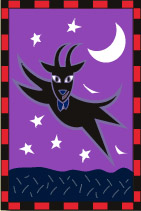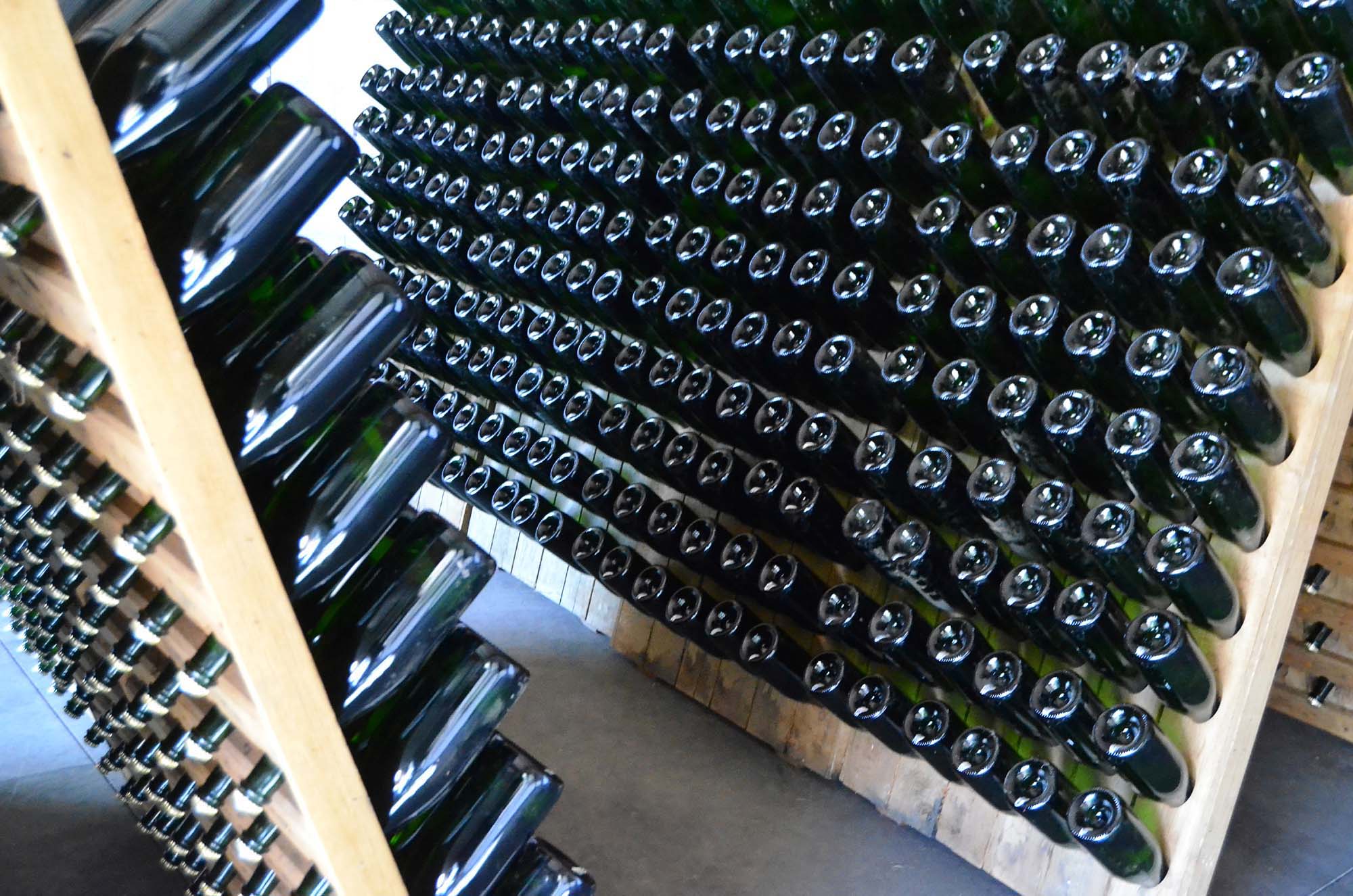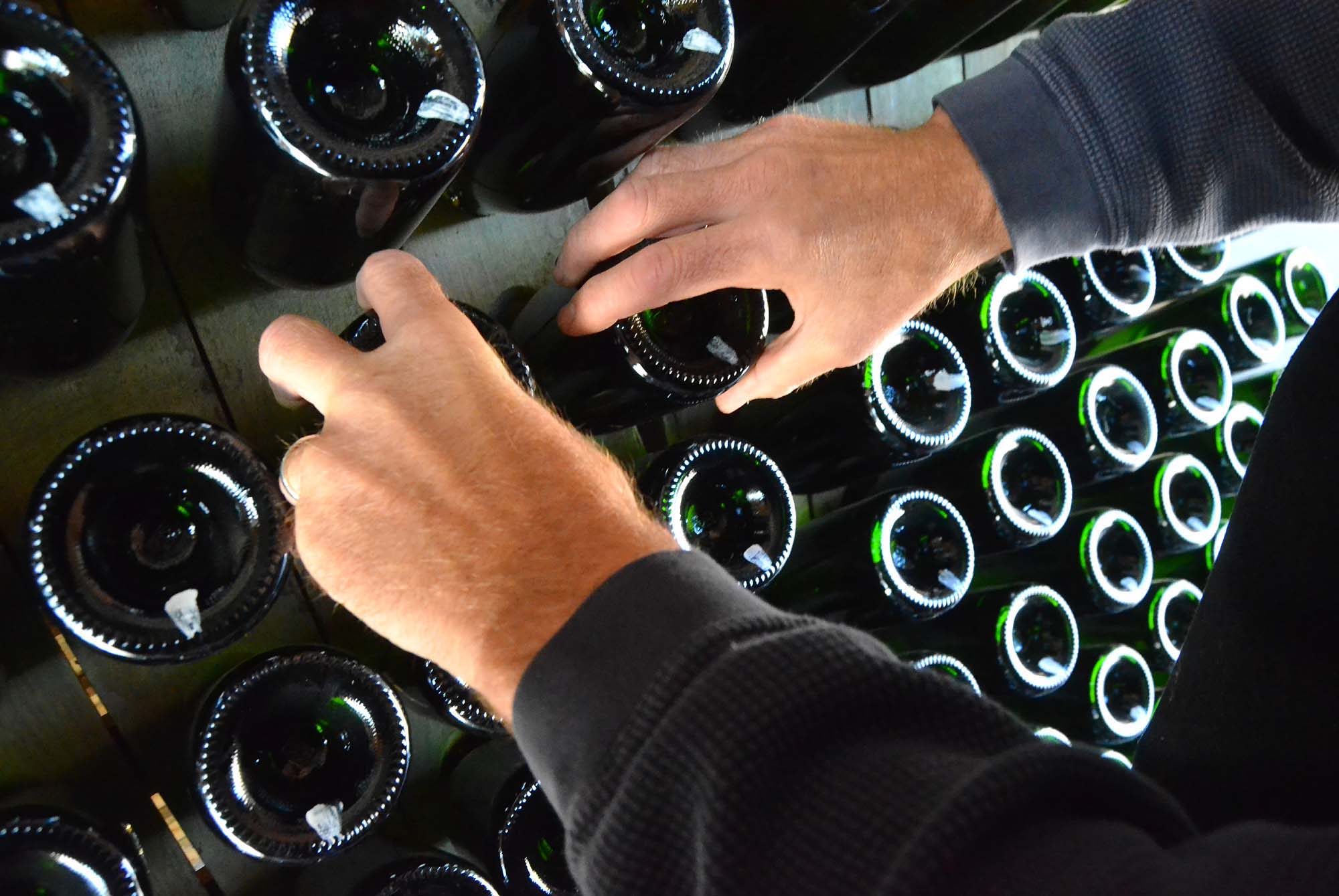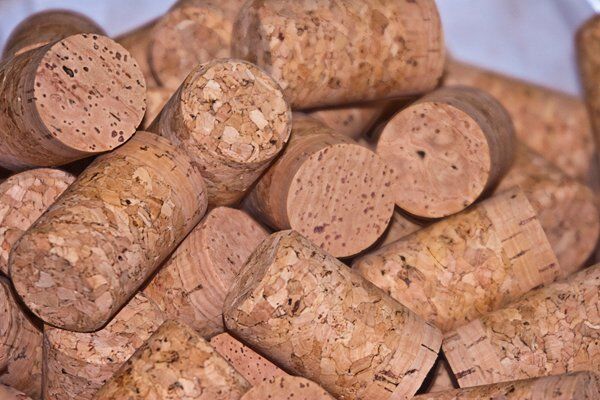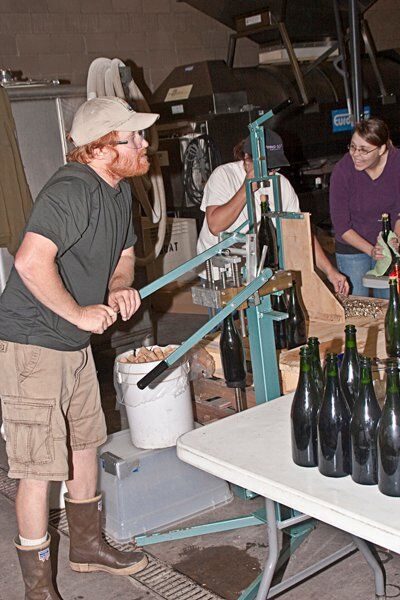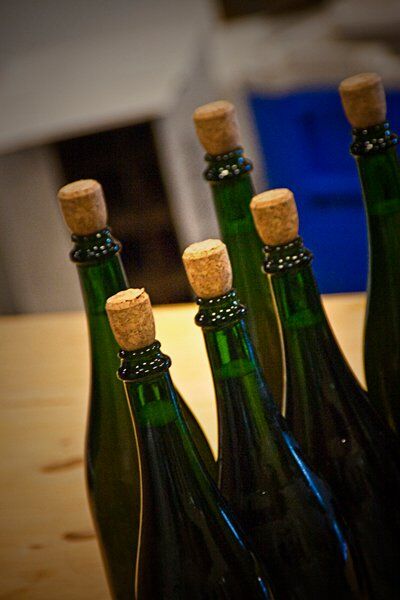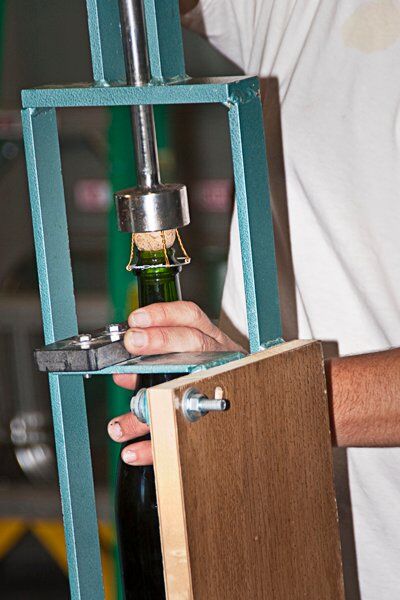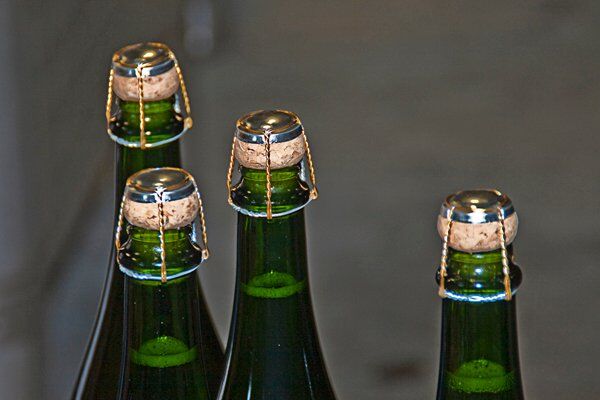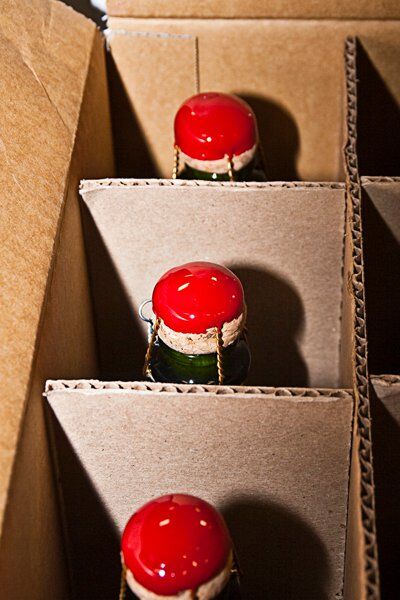”Disgorging of Goat Bubbles Sparkling Wine” by Owner/Winemaker Norman Yost
Flying Goat Cellars is a boutique winery located in the California Central Coast community of Lompoc. We are a pioneer in the production of Méthode Champenoise sparkling wine in Santa Barbara County, producing Goat Bubbles sparkling wine for 11 consecutive vintages. Under the Goat Bubbles brand we offer 5 unique styles of sparkling wine: Crémant, Blanc de Blancs, Blanc de Noirs, Brut Cuvée and Rosé.
Méthode Champenoise is an Old World technique for producing a bottle of fermented sparkling wine. Each bottle of sparkling wine undergoes fermentation to produce carbon dioxide or CO2. The second fermentation in the bottle is created by putting the blended wine in bottles with yeast and small quantity of sugar and then stopped with a crown cap. Then the bottle is laid to rest in the cellar horizontally for the second fermentation to complete in 3-6 weeks.
Typically, the aging period for Goat Bubbles sparkling wine is between 9 months to 16 months; the aging varies for each of type of sparkling wine. The bottles are then transferred to riddling racks to force all the sediment to move towards the neck of the bottle. The bottles need to be turned once a day by hand for 1-2 weeks, which facilitates movement of the yeast that is trapped on the sides of the bottle.
Chilling the bottles prior to disgorging
Once the bottles are ready for disgorging, they are very carefully transferred to an ice bath to freeze the neck. After about 10-15 minutes the bottles are removed with the neck facing down. One hand tilts the bottle to 45 degrees while the other hand removes the crown cap. The tool for removing the crown cap is hooked shaped, thus allowing the operator to flip off the cap. This Old World process for removing the “lees” is called “disgorging”. The pressure inside each is bottle is 75-90 psi so once the cap comes off the product will come shooting out with considerable force, hence the need for goggles and overalls. (pictured below)
Dosage
The next stage of the process is the introduction of the “dosage,” which is typically a sugar solution along with a small quantity of sulfur dioxide as a preservative. The amount of dosage added to the bottle depends on the level of sweetness desired in the wine. Bottles are then corked by hand and a wire hood is applied to secure the cork.
The next and final stage is the waxing of each bottle prior to going into a box.
Discover Flying Goat wine experiences in the VAULT29 app and add your own! Use hashtags #FlyingGoat or #FlyingGoatCellars. CHEERS!

